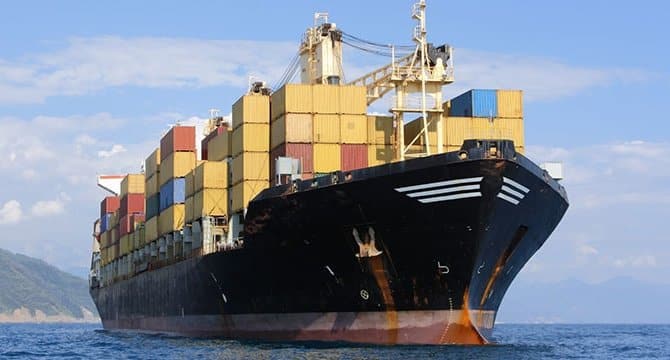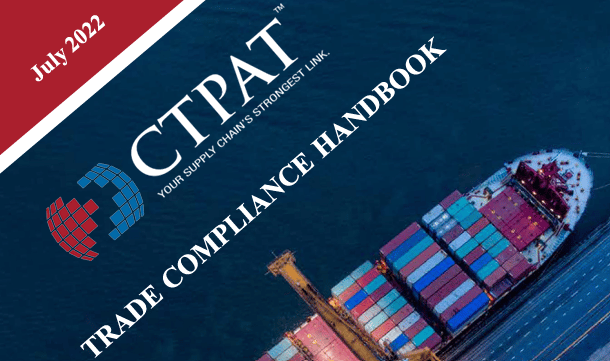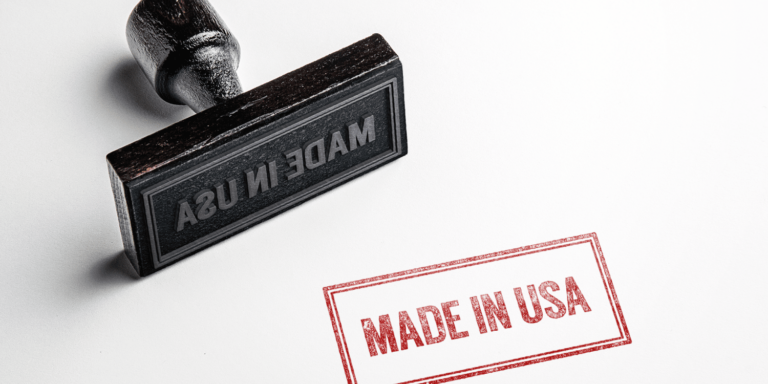International Trade Commission Requests Petitions for Temporary Suspensions and Reductions of Import Duties
The U.S. International Trade Commission has announced the inaugural invitation for tariff suspension and reduction petitions under the new and improved administrative review process. As we previously discussed, the American Manufacturing Competitiveness Act of 2016 established regular procedures for the consideration of requests for temporary relief from import duties. In accordance with the legislative mandate, the Commission is soliciting such requests, with a submission deadline of December 12, 2016.
Domestic manufacturers have long obtained tariff suspension legislation to temporarily eliminate duties on imported items necessary for their U.S. production activities. The requirements were that there be no domestic production of competing articles, so that the duties served no protective function, and the revenue loss be minimal (i.e., below $500,000); these are carried over by the legislation.
The old system was somewhat haphazard, with legislation first getting introduced in the House of Representatives and only then undergoing administrative review. Due to Congressional concerns about potential abuse of the process, tariff suspension bills were not even considered in recent years. The new statutory scheme funnels all requests through the Commission, which will prepare a report and recommendations as to which suspension requests should go forward.
New Filing Requirements
Reflecting the legislation, the Commission has established the following procedures for petition submission. First, there is an electronic portal that provides an exclusive filing mechanism. The petition format requires identification of the requesting party, the description and tariff classification of the article to benefit from the requested tariff suspension, the value of imports and the exporting country, and a statement of whether there is U.S. production of an identical or direct competitive product. The petition must also state whether the remedy sought is suspension or reduction of duties on the product.
Second, a party submitting a petition must qualify as a “likely beneficiary” of the proposed tariff suspension, defined as someone that will use the article covered by the petition or benefit from its use. According to the implementing regulation, a qualifying party “would generally be a firm, importer of record, a manufacturer that uses the imported article, or a government entity at the U.S. Federal, state, or local level.”
The Commission’s Role
Once the petition is submitted, it is open for public review and comment. In particular, domestic producers of identical or competing items may come forward, and let the Commission know whether they oppose the petition. The agency will prepare a report to Congress wherein it evaluates the proper tariff classification and administrability of the product description and addresses whether identical or similar articles are domestically produced as well as the estimated revenue loss. The report also will provide the Commission’s recommendations on whether specific articles should be included in a miscellaneous tariff bill. After that, it is up to Congress to implement the tariff changes through legislation amending the Harmonized Tariff Schedule of the United States.
Since the Commission petition process is now the only way to seek temporary tariff changes, domestic producers interested in such relief must act quickly. Did I mention the December 12, 2016 deadline?
The Federal Register notice for the Commission’s Requests for Petitions for Duty Suspensions and Reductions is available here: https://www.gpo.gov/fdsys/pkg/FR-2016-10-14/pdf/2016-24690.pdf.








